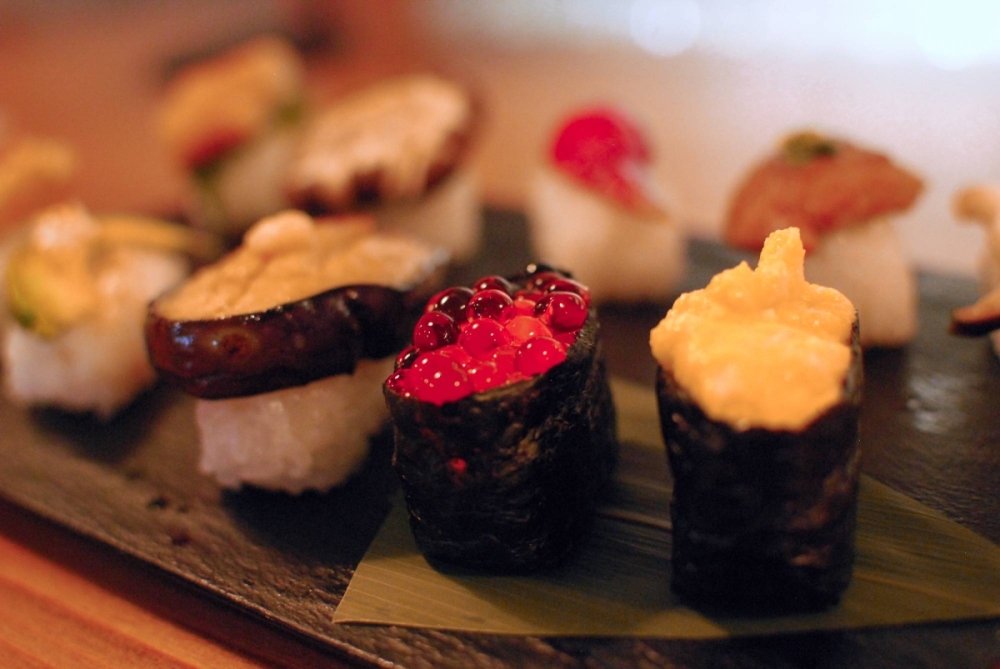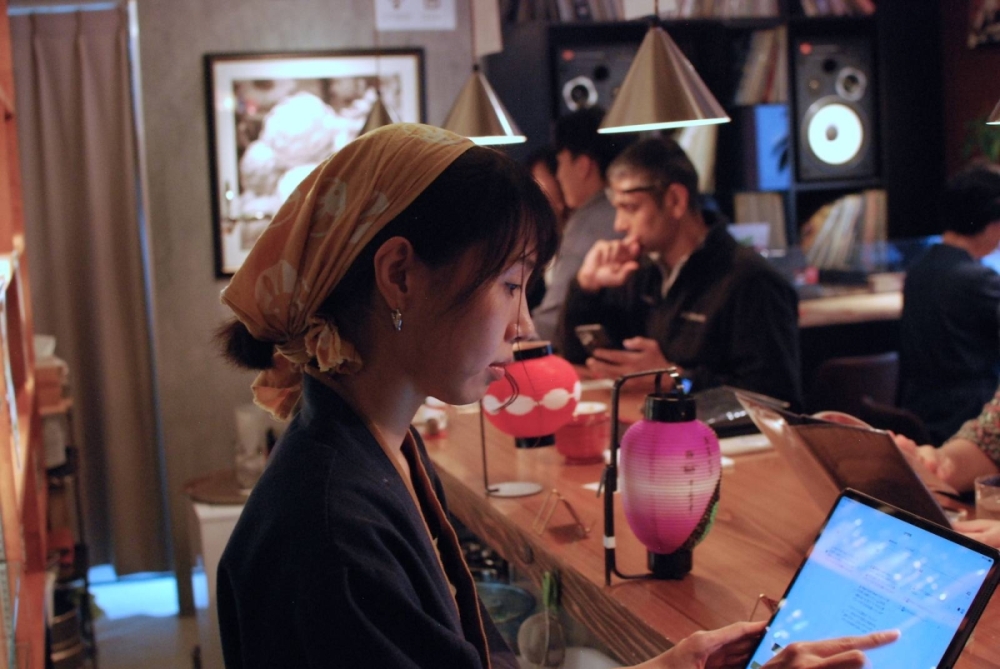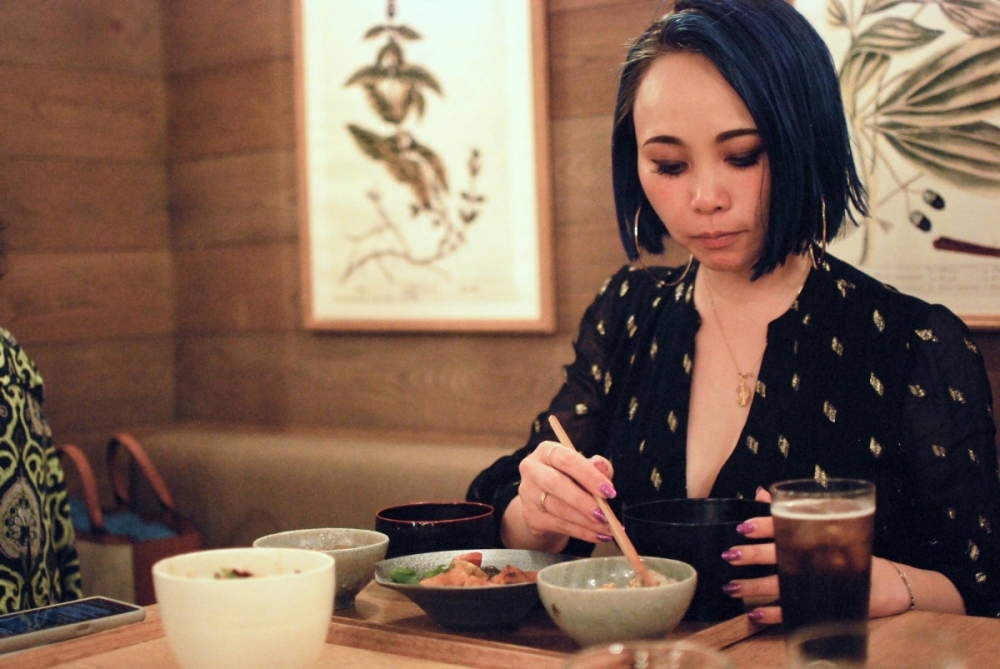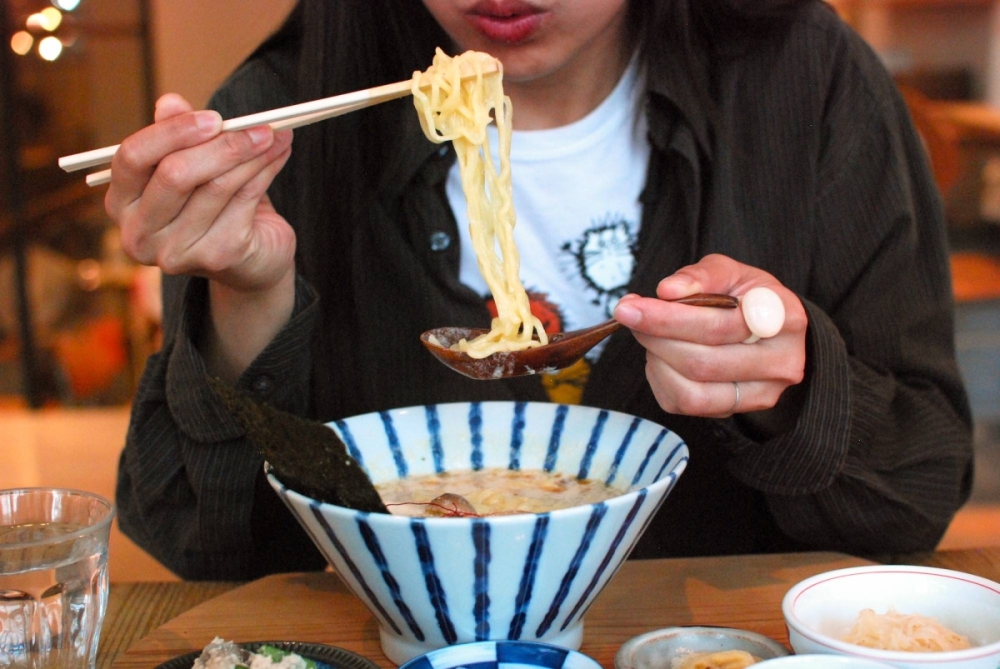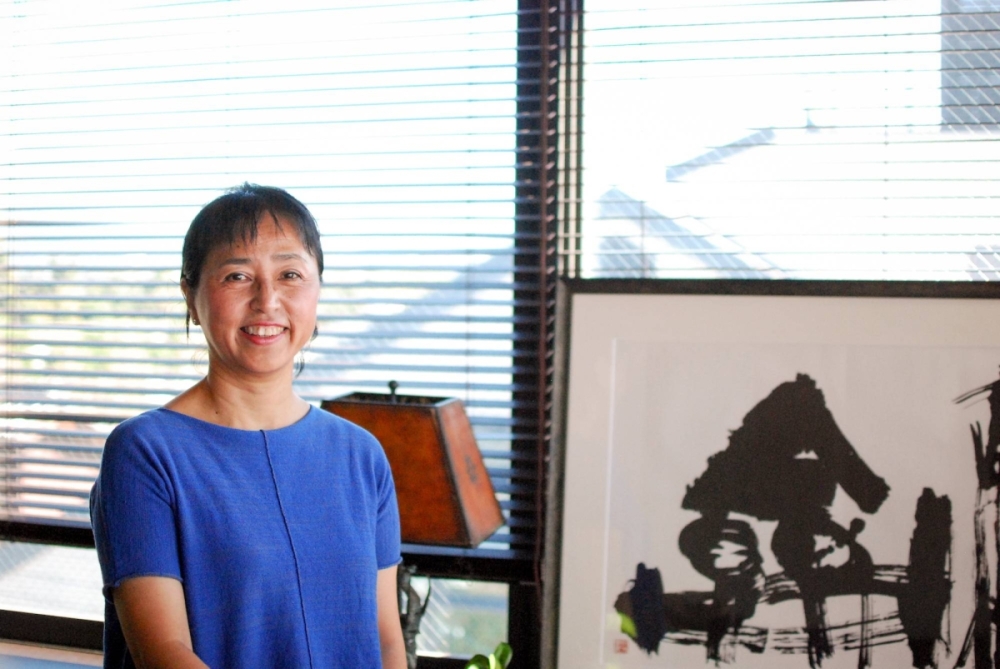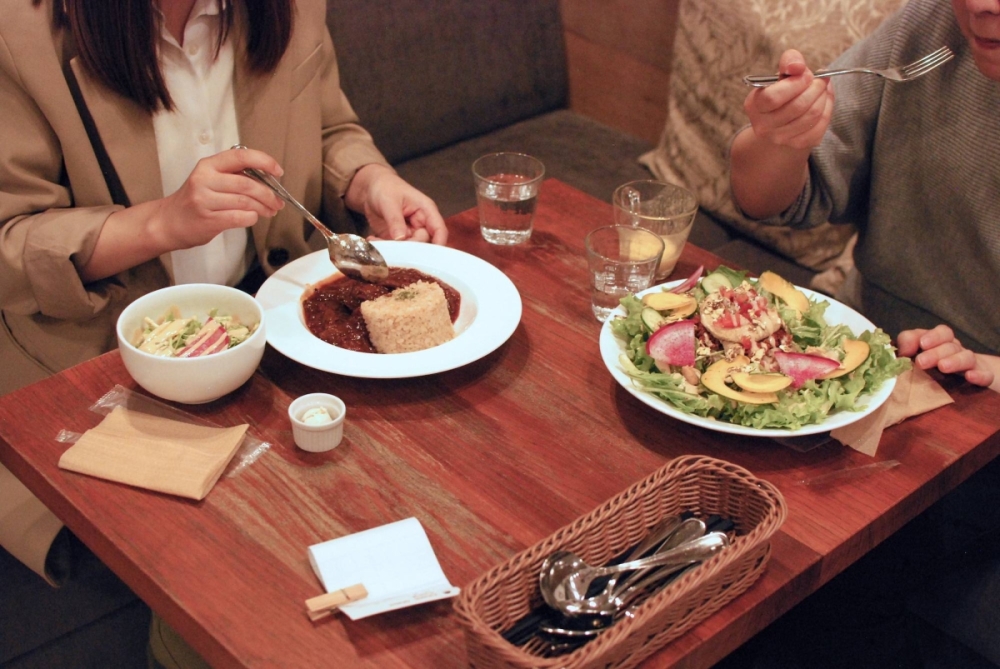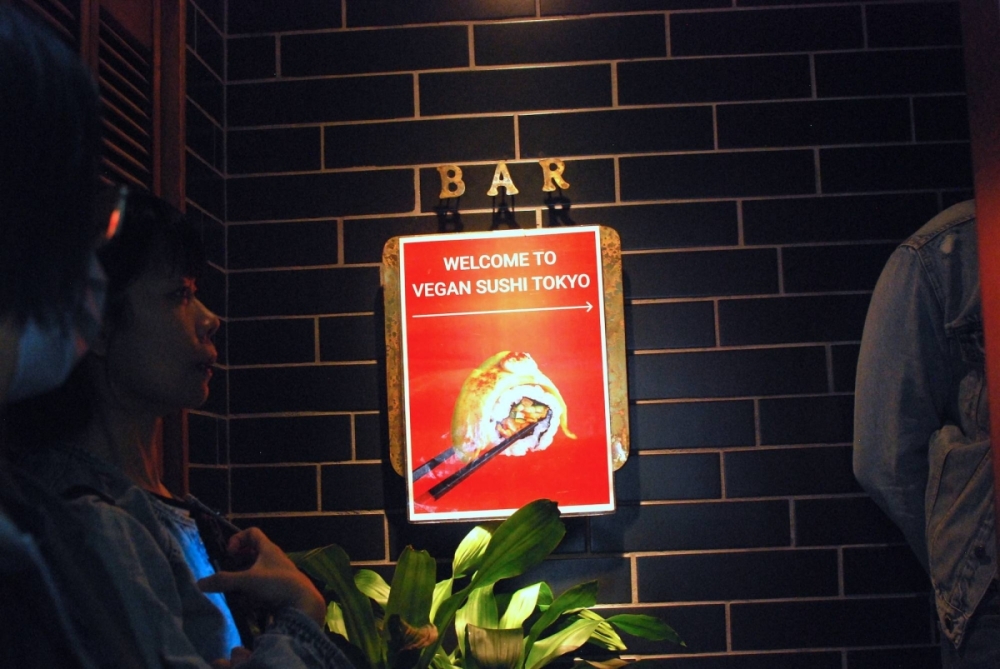From veganuary.com
There is a little-talked-about phenomenon among Veganuary participants.
While they may have taken part for a health boost or to do their bit to protect the planet, the month-long vegan pledge can actually help them to discover something much more profound.
Here, six Veganuary alumni talk about their paths to inner peace, connecting with their intrinsic values and finding a beautiful sense of freedom.
Kim Mogg, Sheffield
Kim and her boyfriend reached a compromise. He had wanted to bring a pet bird into their home, but Kim was worried about how their dog might react, and so instead they agreed to adopt some hens.
Kim contacted a charity that rescues “spent hens” from farms when they would otherwise go to slaughter. “We wanted to get two,” she says, “but we came home with four!”
Hens who have been used by the egg industry are often in very poor health, and Kim dedicated herself to giving them the very best life possible.
“I like to think my girls are enjoying their retirement,” she says. As she got to know them better, Kim fell “so in love with my feathered girls” and began to experience a deep sense of disquiet.
She realised that she was spending time with them in the garden and then going inside and “cooking their sister”. And that did not sit right with her at all.
“It just got too much for me,” Kim told us, “and I decided in January 2024 to go vegan.” She is proud to say that she hasn’t looked back!
Today, Kim loves to try out the huge variety of vegan cheeses and cooks with more flavours and colours than ever before. She says she feels less sluggish than before doing Veganuary, and no longer reaches for ultra-processed snacks when hungry.
Best of all, that awful sense of guilt has gone. And as for the eggs her rescued girls still lay, well, the postman is always happy to take six when he drops off a parcel.
Laura Taylor, Trowbridge
Like Kim, Laura is a true animal lover. She had brought home her first cat – an unwanted farm kitten – when she was just three years old, and as an adult would regularly hold up traffic so she could help an injured or abandoned animal on the roadside.
Unsurprisingly, Laura got a job at an RSPCA cats and dogs centre where she helped animals find a new home. While there, she saw reports of farmed animals being kept in poor conditions and was deeply saddened by them.
What may be surprising is that, although Laura switched to a vegetarian diet at times – including after watching the film Seaspiracy – her default food choices included meat.
“I have always struggled with the sense that I’m an animal lover that still ate meat,” she told us.
That struggle, combined with some digestive issues, led Laura to take part in Veganuary 2024. Laura completely embraced the experience, threw herself into label reading, tried out lots of recipes, and immersed herself in many different films, including Cowspiracy. “Okja had me in bits!” she says, but she now has all the motivation she could need to stay vegan.
“I love that I’m no longer a hypocrite and don’t have to wrestle with my beliefs,” she says. “And I love knowing that I’m not eating the animals that I love.”
Ejvor Berg, Lidköping, Sweden
Ejvor grew up an animal lover within a hunting family and within a friendship group where everyone ate – and still eats – meat. She says that she always felt odd, an outsider, and that feeling only amplified when she decided to take part in Veganuary back in 2015.
“I wanted to help animals,” she says. “They are like us, they feel, think, feel fear and pain, and they have wise brains. They’re smarter than humans. We destroy the world; animals take only what they need to survive and nothing more.”
Today, nine years on from her Veganuary experience, Ejvor has made peace with being thought odd. “I’m proud to be vegan,” she says. “l sign petitions for non-human individuals in my country and beyond. I support with money when l can. Two years ago, I found a vegan group which is really amazing.”
Some of her friends still try to argue with her which she says can be hurtful, but she knows she has done the right thing. “I’ll not change,” she says. “My eyes are open.”
Christopher Dallosso, Oxfordshire
Christopher had known about Veganuary for some time before taking part. He had become interested in the philosophy of veganism because of “a vague feeling of something being wrong” and the more he thought about it, the more hypocritical it felt to him to eat animals.
After all, he loved seeing animals out in the wild and would never think of harming them. But deep down, he did not really want to become vegan so he decided to do lots of research to find the reasons he should not take part!
“For every argument against veganism I could find, there seemed to be a stronger counter-argument defending it,” he says. “As soon as I realised there wasn’t some fatal flaw with the philosophy of veganism, I started understanding its benefits. Treating all animals as individuals rather than commodities felt like the most important aspect to me, but a heavily reduced impact on the environment and possible health benefits made the switch seem like a no-brainer!”
Christopher took part, and the daily emails he received helped him to navigate a vegan world. Today, he reports that he feels more positive since becoming vegan, which he says helped him complete his GCSEs. He even did a presentation on veganism for his English-speaking assessment, which went really well!
But it is the difference Christopher is making in the world that has brought him so much peace.
“We’re so shielded from the atrocities going on in factory farms, we don’t connect buying animal products in shops with animals being exploited and killed just for our pleasure,” he told us.
“Being vegan has taken away any feelings of guilt I had about eating certain foods. It feels like a much cleaner and healthier diet, especially if you eat plenty of naturally vegan products like vegetables and pulses. I’m glad that I can make a meaningful difference to the lives of so many animals and be part of a growing movement towards a more compassionate world.”
Annalisa Botham, Blaby
Annalisa experienced, and thankfully survived, deep and prolonged trauma as a child. In a chaotic, volatile, and violent world, she says it was animals who kept her sane.
The cats and dogs who found their way into her family home were her loyal, loving, dependable friends. “I knew how much the animals in my childhood did for me,” she says. “Without them, I honestly don’t think I would be here.”
The grief and pain Annalisa carried into adulthood translated into some self-destructive behaviours but through it all she remembered the animals and at times felt as though they were her looking out for her, acting as her guardian angels. “It was never a spoken thing, but it was a given that I would be forever indebted,” she says.
Annalisa had been vegetarian for a while but was pressed into eating meat again by a person she felt unable to oppose.
“It took me another 10 years, sadly, to go back to being a vegetarian, and then finally vegan,” she says. But by then, she knew what she had to do.
“It was THE only way if I wanted to be true to my promise and my love of animals. I’ve never looked back because it all ‘aligns’ now. It’s not even a chore or anything like that; it’s just love and respect. Now I show animals how thankful I am for their unconditional love.”
Kelly Dibbert, Brighton
Kelly was a nutritionist and had been taught to promote animal products to her clients. She believed that we need animal protein and fats to be healthy, and bone broth to heal and rebalance.
“I now know that not to be true, “she says. “I’ve read countless peer-reviewed studies and researched the science. I have a degree in chemistry so I love to know as much as I can, all the details, all the delicious facts.”
As many of us have experienced, Kelly found that the pro-meat messaging was coming at her from all quarters.
“My parents, the media, friends, restaurants, society, my education had drummed it into me that meat is good,” she says. “It was like being stuck in a cycle of suffering.”
She says she’d had qualms about it all, but she wanted to fit in and not stand out or “cause a fuss”. It took many more years before Kelly transitioned to a vegan diet, but she found that the benefits have been enormous.
“I now know that I haven’t given anything up. I’ve gained more self-respect, a richer, more varied and fulfilling diet, and a deep compassion for animals. I bloody love good food, and I’ve learned to really enjoy cooking again.”
Kelly says it feels wonderful not to eat animals and their milk. “I feel lighter emotionally, healthier, empowered and authentically me. I’m more connected with animals, nature and humanity now that I choose a plant-based diet. I had disconnected from a huge part of the real me by consuming rotting flesh. I am now free.”
“I want to thank Veganuary for giving me that extra little push that I needed,” she says, “and for making it easy. I only wish I’d followed my heart sooner. Better late than never.”
https://veganuary.com/veganuary-helped-me-be-true-to-myself/







